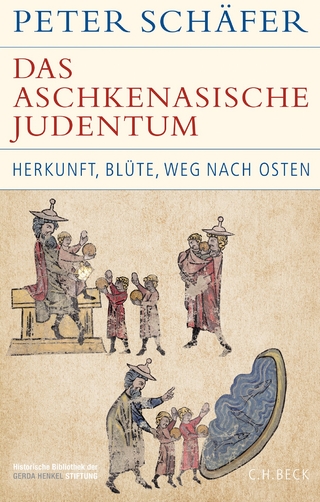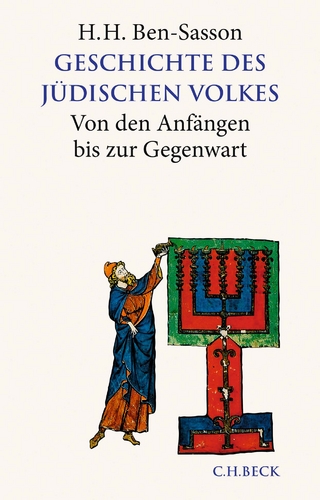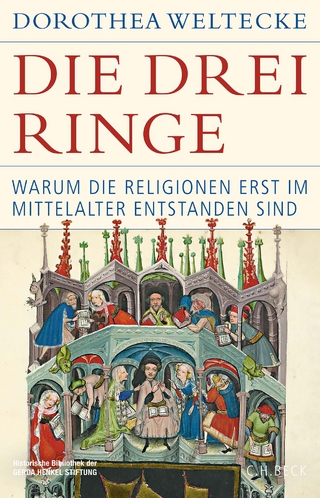
The Uttaratantra in the Land of Snows
State University of New York Press (Verlag)
978-1-4384-6465-7 (ISBN)
With its emphasis on the concept of buddha-nature, or the ultimate nature of mind, the Uttaratantra is a classical Buddhist treatise that lays out an early map of the Mahāyāna path to enlightenment. Tsering Wangchuk unravels the history of this important Indic text in Tibet by examining numerous Tibetan commentaries and other exegetical texts on the treatise that emerged between the eleventh and fifteenth centuries. These commentaries explored such questions as: Is the buddha-nature teaching found in the Uttaratantra literally true, or does it have to be interpreted differently to understand its ultimate meaning? Does it explicate ultimate truth that is inherently enlightened or ultimate truth that is empty only of independent existence? Does the treatise teach ultimate nature of mind according to the Cittamātra or the Madhyamaka School of Mahāyāna? By focusing on the diverse interpretations that different textual communities employed to make sense of the Uttaratantra, Wangchuk provides a necessary historical context for the development of the text in Tibet.
Tsering Wangchuk is Assistant Professor and Richard C. Blum Chair in Himalayan Studies at the University of San Francisco.
Acknowledgments
Introduction
General Remarks
Textual Historical Background
Part I. Early Period: Kadam Thinkers Rescue the Treatise
1. Rise of the Uttaratantra in Tibet: Early Kadam Scholars Revitalize the Newly Discovered Indian Exegesis
Introduction
Ngok and Chapa on the Pervasive Nature of the Buddha-Body
Ngok and Chapa on Definitive or Provisional Nature in the Uttaratantra
Ngok and Chapa on the Uttaratantra as a Last Wheel Treatise
Buddha-Element as a Conceived Object
Ngok and Chapa Differ on Emphasis
Conclusion
2. Sowing Seeds for Future Debate: Dissenters and Adherents
Introduction
Sapen, the Dissenter
Rikrel, the Third Karmapa, and Sangpu Lodrö Defend the Uttaratantra
Rinchen Yeshé’s Proto Other-Emptiness Presentation of the Uttaratantra, and Butön’s Reply
Conclusion
Part II. The Pinnacle Period: the Other-Emptiness Interpretation Spreads
3. Other-Emptiness Tradition: The Uttaratantra in Dölpopa’s Works
Introduction
Predominance of the Last Wheel Scriptures
Is the Uttaratantra a Cittamātra Text or a Madhyamaka Text?
Classification of Cittamātra
Classification of Madhyamaka
Conclusion
4. The Uttaratantra in Fourteenth-Century Tibet
Introduction
Sazang Follows in His Master’s Footsteps
Two Fourteenth-Century Kadam Masters’ Uttaratantra Commentaries
Longchenpa’s View on the Uttaratantra
Conclusion
Part III. The Argumentation Period: Self-Emptiness Proponents criticize Other-Emptiness Approach
5. Challenges to the Purely Definitive Nature of the Uttaratantra: Zhalu Thinkers Criticize Dölpopa
Introduction
Butön’s Ornament
Dratsépa’s Commentary
Conclusion
6. Challenges to the Supremacy of the Uttaratantra: Rendawa and Tsongkhapa on Tathāgata-essence Literature
Introduction
Rendawa on the Uttaratantra and the Tathāgata-Essence Literature
Tsongkhapa on the Uttaratantra and the Tathāgata-Essence Literature
Conclusion
7. Gyeltsap’s Commentary on the Uttaratantra: A Critique of Dölpopa’s Interpretation of Tathāgata-essence Literature
Introduction
Middle Wheel and Last Wheel Teachings
Definitive Meaning and Provisional Meaning
Self-Emptiness and Other-Emptiness
Conclusion
Conclusion
General Remarks
Completing the Cycle
Notes
Bibliography
Tibetan Language Works Cited
English Language Works Cited
Index
| Erscheinungsdatum | 30.01.2018 |
|---|---|
| Zusatzinfo | Total Illustrations: 0 |
| Verlagsort | Albany, NY |
| Sprache | englisch |
| Maße | 152 x 229 mm |
| Gewicht | 227 g |
| Themenwelt | Geschichte ► Teilgebiete der Geschichte ► Religionsgeschichte |
| Geisteswissenschaften ► Philosophie ► Östliche Philosophie | |
| Geisteswissenschaften ► Religion / Theologie ► Buddhismus | |
| ISBN-10 | 1-4384-6465-7 / 1438464657 |
| ISBN-13 | 978-1-4384-6465-7 / 9781438464657 |
| Zustand | Neuware |
| Haben Sie eine Frage zum Produkt? |
aus dem Bereich


